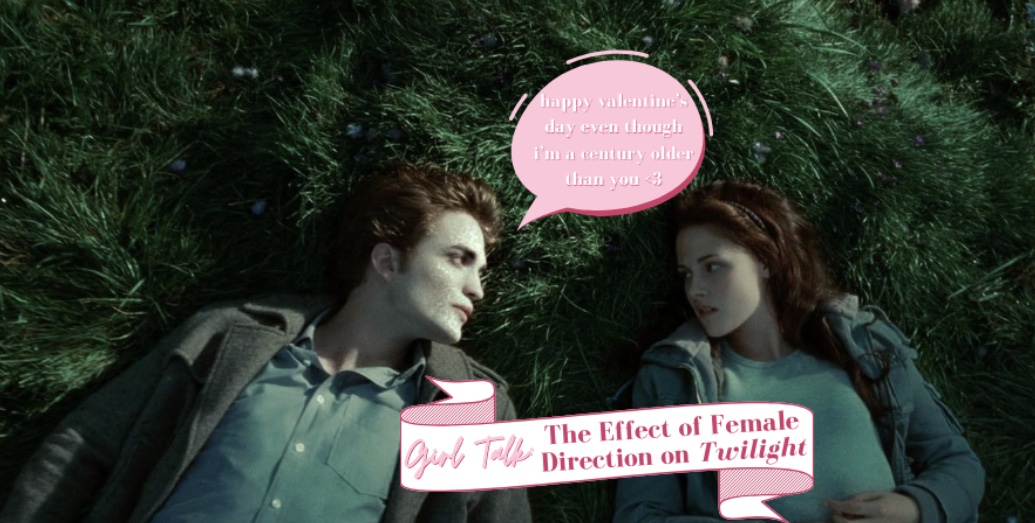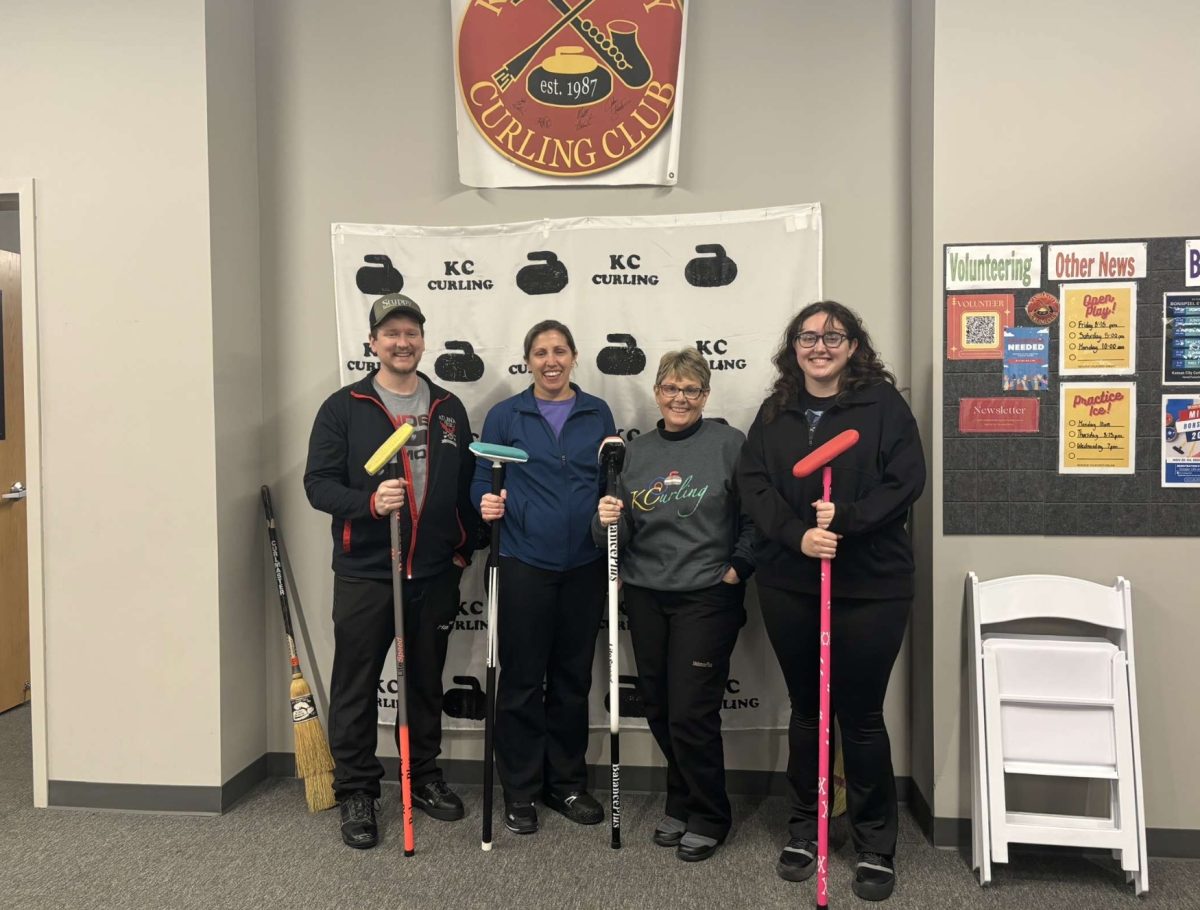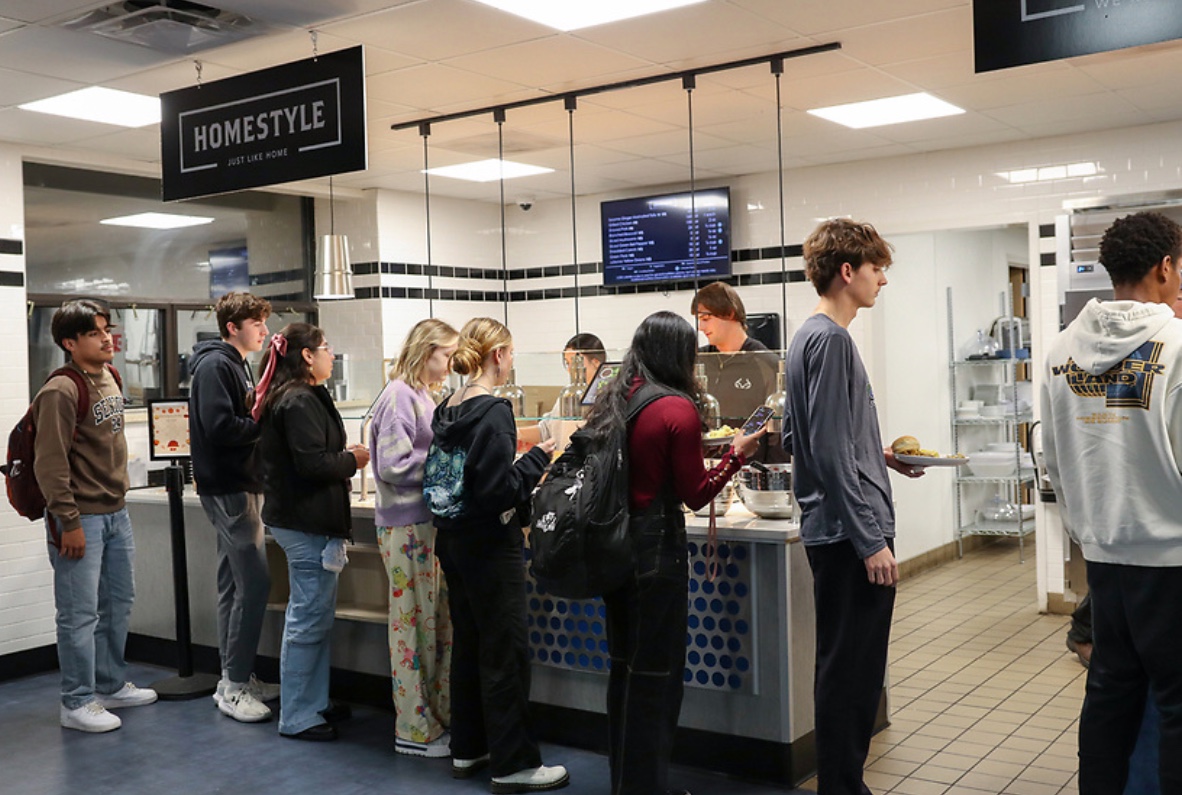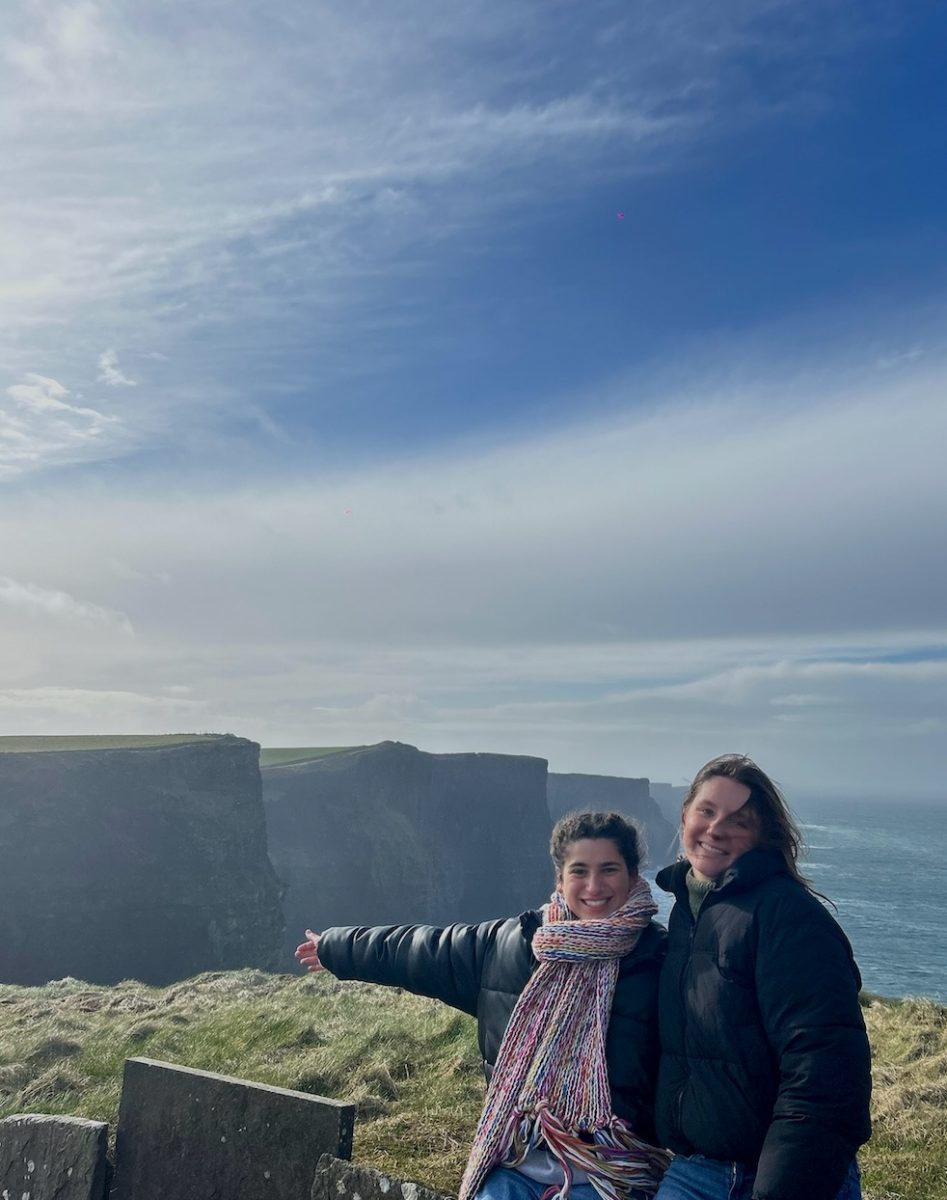Valentine’s Day is approaching with an annual vengeance as we see the local drugstores stocking their shelves full of the same candy, but this time wrapped in pink, and all our favorite romance classics being renewed on various streaming services. One of these classics, as I am now calling it because the first film came out over 10 years ago, is the infamous movie series “The Twilight Saga,” adapted from the book series written by Stephanie Meyer.
With vampires, werewolves and a 17-year-old girl that has little to no facial expression (I still love you, Kristen we just have some things to work on), the “Twilight” movies took the 2000’s by storm, metaphorically etching the culture of that era into stone with the soundtrack, costuming and plot lines that appealed to teenagers across the globe. The franchise did have its fair share of controversies, though, with some that are still a topic of conversation today. One such controversy is that of the change in direction from a woman to men throughout the five films, and how the production of those films was affected by the shift in creative leadership.
For kicks and giggles, I decided to read the entire book series for the first time over winter break, attempting to see what the past hype was about, and why the series still holds ground in a lot of internet subcultures today. There was also a small part of me that wanted to investigate the supposed undertones of religiously driven propaganda that Meyer is said to have included, but that is another story. If you are interested in seeing how Mormon values are incorporated into the series (which arguably defines how the storyline and characters should be categorized), I recommend reading Natalie Hathcote’s analysis of Meyer’s writing in relation to her women’s literature class.
The books were a phenomenal success by themselves, with readers waiting in blood-sucking anticipation for the next installments from 2005 to 2008. Meyer’s writing in a technical sense was not really appraised for its skill, but rather seen as easily read, to say the least:
“A little more ‘showing’ and a lot less ‘telling’ might have been a good thing, especially some pruning to eliminate the constant references to Edward’s shattering beauty and Bella’s undying love,” said Elizabeth Spires for the New York Times.
While many considered Meyer’s work as literature for older children and young adults, as they were not quite up to par with writing studied in schools, that did not mean the series received zero recognition within popular culture. Due to the high demand of books by millions of teenagers across the world, the series was picked up for a movie adaptation by Summit Entertainment starting in 2008, soon developing into one of the most popular movie franchises of the decade.
It could even be argued that the success of the human/vampire/werewolf love triangle series was a large part in the young adult romance and fantasy fiction craze of the coming years, with more book series being made into movies like “The Hunger Games” or the “Percy Jackson & the Olympians” franchise. There are many more examples of this ‘craze’ that took place from 2010 to around 2016, but a lot of them were discontinued for various reasons or they were, in my opinion, not that good.
The “Twilight” movies, however, stand out not only because they pioneered this trend of placing teenage characters into unrealistic and uncomfortable situations, but also because they are known for how…awkward(?) they are. What I mean is that every aspect of the films, from the acting to the costuming to the use of a CGI baby, are consistently used as targets for ridicule among viewers. While many people enjoy watching the films because they are fans of the books or because the films are nostalgic in a sense, I would bet that there are just as many people who rewatch the movies just to laugh at how absurd they are.
There is an important distinction to be made between the first movie “Twilight” (2008) and the rest of the series, mainly because of the directorial decisions made. Each film had a different director, the last four being directed men, while Catherine Hardwicke was the female visionary behind the original film’s uniqueness.
It is not difficult to see how the movies differ from each other, especially when examining how Hardwicke brought a special kind of creative direction to the franchise. The original “Twilight” is often regarded as an ‘indie’ film, really sticking to the aesthetics of the novel, with its famous blue tint and imagery of the Pacific Northwest being key factors in how beautifully filmed it was. Hardwicke may not have been given a Jane Austen novel to adapt into a film, but she still managed to make a movie that even the production company had no faith in, a monumental success at the box office.
The next four films can be easily described as more ‘mainstream’ when it comes to how they were filmed, with the blue tint being discarded and a heavy lean into the dramatics of the plot and love triangle. I for one, do not blame anyone for watching the series just to make fun of it, especially when society was met with the infamous, “Where the hell have you been, Loca?” line from “New Moon” (2009).
This is not to say that Hardwicke’s “Twilight” did not have some equally stupid lines, because it absolutely did. I will personally never recover from, “You better hold on tight, spider monkey.” It actually makes me want to vomit.
A female director seemed to have a huge impact on how Meyer’s story was being told. While this opinion could easily be contested, it is worth arguing that perhaps the replacement of a female creative head with men for the next four films really took a toll on how ‘artsy’ or creative the movies were. 2008’s “Twilight” made up in imagery and direction for what it lacked in thematic substance, while the following films in the franchise shifted into the identity of a teen romance series that, for whatever reason, involved enough action sequences to compete with a Jason Statham movie.
Hardwicke left the franchise for her own reasons, stating that she did not have as much of an interest in the other books as she did in the first, but she did endorse the idea of hiring female directors for the subsequent films. Obviously, this did not happen, and although the rest of the movies did extremely well for themselves, without Hardwicke or other female direction, it is interesting to consider how different the movies became from the books with switched perspective about the story being given by the other male directors.
So, while you are spending time with your valentine this year, or spending time by yourself with only your cats to keep you company, try giving “The Twilight Saga” a watch, even if just to understand what I spent the last few paragraphs explaining. If you do, hopefully you will begin to appreciate the reasons why this franchise has such strong lasting power within popular culture, and maybe even how much of an effect the difference between female and male perspectives can have on artistic direction.








